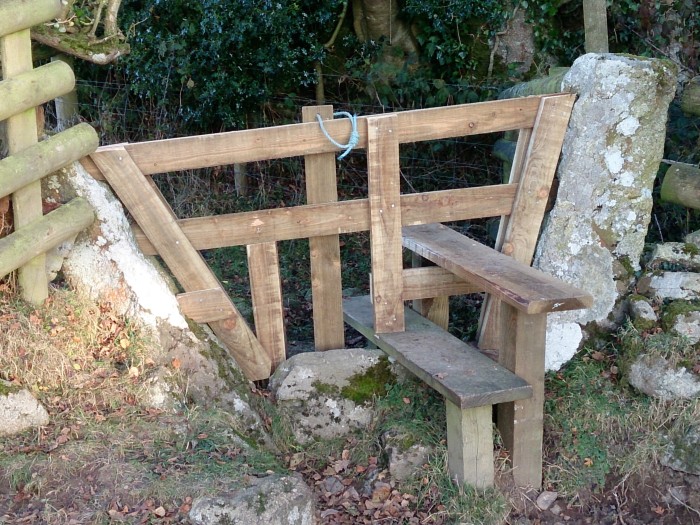The National Park checks and assesses all the footpaths and bridleways on a rolling programme. This year eleven of the sixteen paths in the two parishes of Throwleigh and Gidleigh came up for assessment. Looking on the bright side it will mean there won’t be many to do next year!
Every gate, bridge, sign, direction marker and stile is checked to see first of all that it is still there and then to check its condition. Obstructions to the route, vegetation growth from above, from the sides and from the ground, if severe enough cause the route to fail the assessment, in which case fairly urgent action will be taken to remedy the situation. It’s a matter of pride to each Voluntary Warden that no path within their parishes fails the assessment!
When a finger board waymarker comes to the end of its life it is replaced. The old signs tell you where they go, for example “Public Footpath to East Week”. Due to money saving measures, such signs are now replaced with “Public Footpath”, or just “Path”.
Over the last few days there have been strong winds and the first significant rain of the Autumn. Today, October the 14th, the river levels will begin to fall allowing the migratory salmon and sea trout to make their way upriver. There should be many salmon making this journey in the next week, it will be one of the first chances they’ve had to do so. In previous years it’s been possible to see over 30 fish make the jump at one of the salmon “ladders” in 10 minutes. The weir 800 metres down river of Mill End on the Teign attracts quite a few people to see this annual event, there’s much cheering and clapping when a particularly big fish makes the jump.














